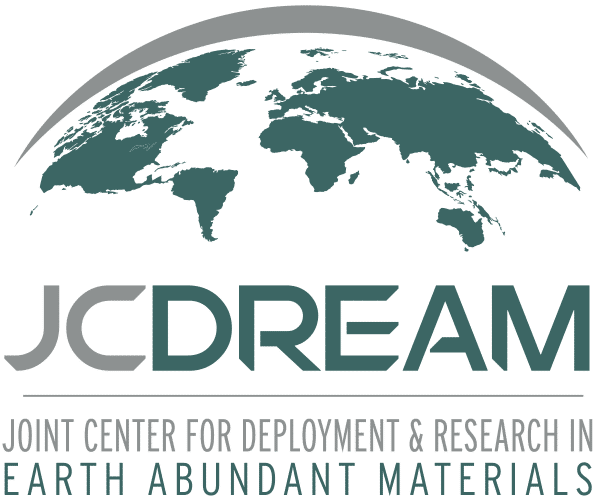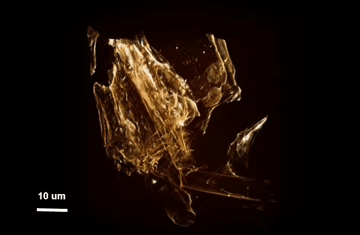Contact:
Kelvin Lynn: kgl@wsu.edu
Washington State University
Center for Materials Research
In late 2017, Washington State University became the first university in the U.S. to own a ZEISS Xradia 810 Ultra, an x-ray microscope that has state-of-the-art capabilities producing 3D reconstructions of samples at the nanometer level.
This $1.7 million microscope was acquired through a collaborative effort between the Joint Center for Deployment and Research in Earth Abundant Materials (JCDREAM), and The M.J. Murdock Charitable Trust, and WSU funding.
The Xradia Ultra has helped WSU scientists develop specialized materials for technologies such as nuclear alloys, optimized lithium batteries, and nitrogen transport for renewable energies. Its unique capabilities enable the user to see into and interrogate their materials without destroying them. In materials engineering and materials development, this is a crucial step in understanding how the materials interact at their interfaces.
“In order to make high performance materials better or more versatile, you need to be able to characterize and control the arrangements of atoms inside them,” said Aurora Clark, professor of chemistry and principal investigator for the Xradia Ultra program. “Previously, WSU scientists had to go somewhere like the Argonne National Laboratory outside of Chicago to do the kind of imaging we will now be able to do in-house.”
The Xradia Ultra was incorporated into the equipment capabilities at WSU’s Center for Materials Research (CMR). The instrument operates as a service center and is available to all faculty and outside users. Several collaborative research projects between WSU and the Pacific Northwest National Laboratory in Richland, Wash., are in progress as well as many industry groups, such as Group14 Technologies, Ekos Medical Devices, and Material Answers which have all had samples analyzed.
Kelvin Lynn, co-principal investigator and director of the CMR, and his colleagues in the Department of Physics and Astronomy are using the instrument to improve the performance and power of materials used in solar cells and sensors. Their research could make the cost of solar power more competitive with conventional energy.
“The Xradia Ultra will benefit established research programs, enable midcareer scientists to expand their research opportunities and provide students with valuable experience operating a state-of-the-art machine,” Lynn said. “We are very grateful to the M.J. Murdock Charitable Trust and JCDREAM for helping us acquire a scientific instrument that catapults WSU materials research and education to the next level.”
Left: Carbon fiber structure of a fuel cell being optimized by faculty at WSU
Right: Zeiss Xradia 810 Ultra in CMR’s x-ray lab at WSU

